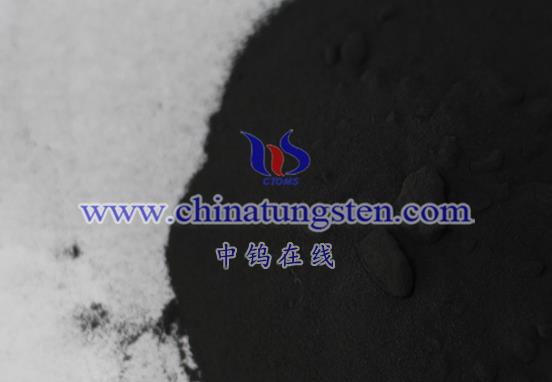Tungsten tetrabromide (WBr4) and tungsten tetrachloride (WCl4) have significant differences in their uses.
The main use of tungsten tetrabromide is as a catalyst or reagent in organic chemical synthesis. For example, in the process of synthesizing organic compounds such as alcohols, aldehydes, and ketones, tungsten tetrabromide can be used as an effective catalyst to promote the reaction. In addition, tungsten tetrabromide can also be used to synthesize some special organic compounds, such as brominated aromatic hydrocarbons, brominated alcohols, etc.
In contrast, the main use of tungsten tetrachloride (WCl4) is as a catalyst or reagent in inorganic chemical synthesis. For example, in the process of synthesizing ammonia, tungsten tetrachloride can be used as an effective catalyst to promote the reaction. In addition, tungsten tetrachloride can also be used to synthesize some special inorganic compounds, such as chloride, oxychloride and so on.
In practical applications, there may be some differences in the uses of tungsten tetrabromide and tungsten tetrachloride. Because tungsten tetrabromide has strong bromination properties, it has special uses in some organic chemical synthesis. Tungsten tetrachloride has strong chlorination properties, so it has special uses in some inorganic chemical synthesis.

More details of tungsten, molybdenum and rare earth news, please visit website: https://www.ctia.com.cn/en/
Please contact CHINATUNGSTEN for inquiry and order of tungsten and molybdenum product:
Email: sales@chinatungsten.com
Tel.: 86 592 5129595






